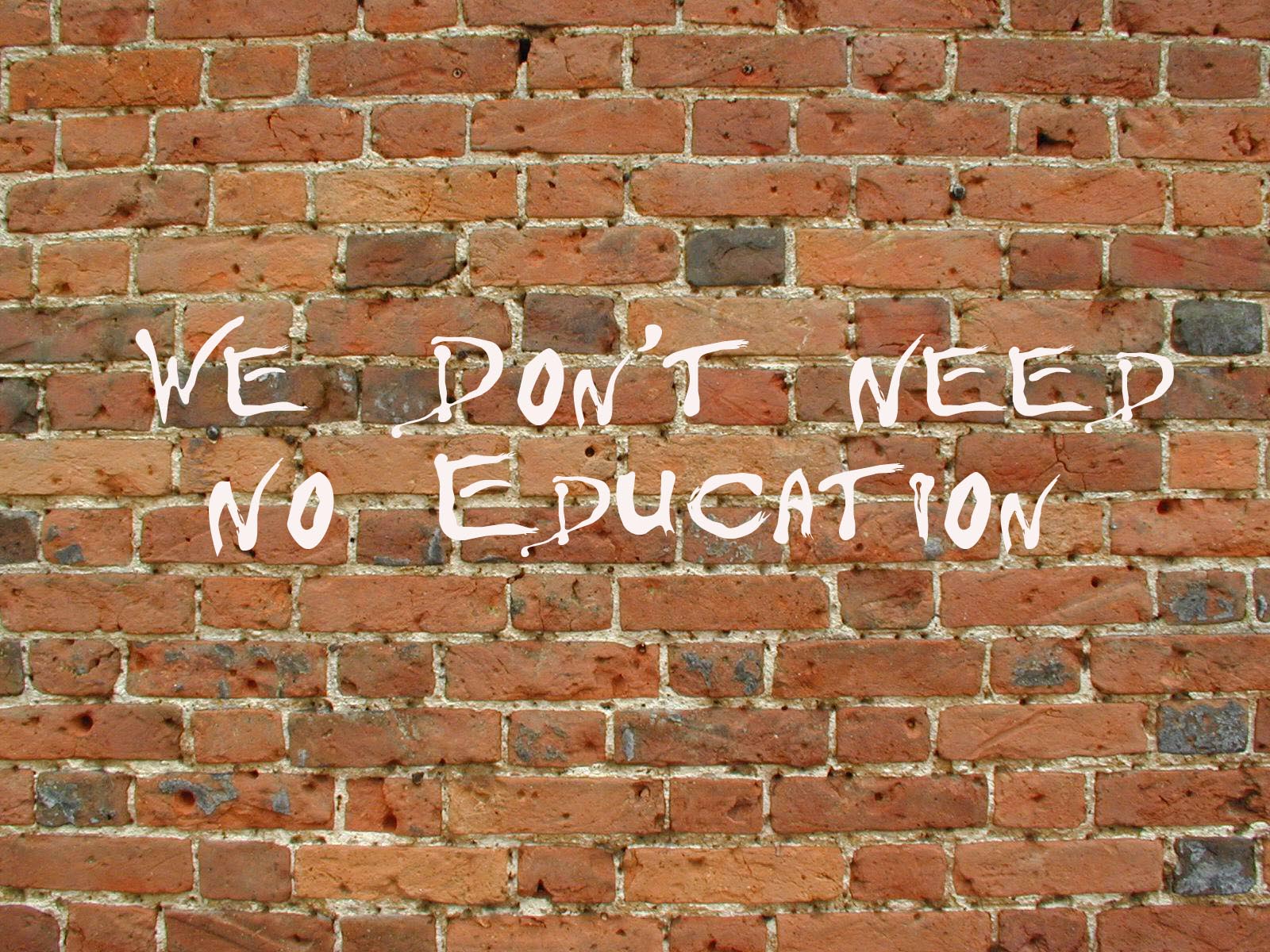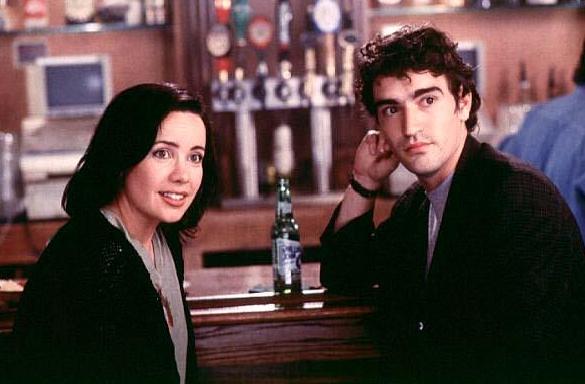I started picking people up about 7 p.m. Amanda, Sarah, Janis, Lynn and Marty.
Marty was last and not ready, as usual.
Marty had no reason going to the first food safety educators conference in Washington, D.C. in 1997. He  was working as a student life advisor or something but, I had gotten in the habit of taking Marty along on the 12-hour D.C. road trip from Guelph –got lost once in some New York mountains in the middle of the night and thought we were going to die – for fun and driving chores.
was working as a student life advisor or something but, I had gotten in the habit of taking Marty along on the 12-hour D.C. road trip from Guelph –got lost once in some New York mountains in the middle of the night and thought we were going to die – for fun and driving chores.
The 1996 Nissan Quest minivan still had the new car smell, and as a new prof with a carload of students, I decided driving all night was better than dishing out non-existent cash for an extra night of hotel rooms.
We arrived in Georgetown about 7:30 a.m., ate at a dive, and found the on-campus conference room. People looked at us like we had just rolled out of a vehicle and been driving all night.
We had.
Most of us went and changed into fresh clothes, while Marty crashed somewhere until the room was available.
The conference started and we were pumped.
I may have fallen asleep.
I remember that Peter Sandman gave a keynote and was treated like a rock star – I thought he was ineffectual, especially when it came to the hazard and outrage around foodborne illness.
 There were descriptions of many food safety education programs but the evaluation components were either non-existent or sucked.
There were descriptions of many food safety education programs but the evaluation components were either non-existent or sucked.
There was a big deal about social marketing, presented to the attendees like we had all arrived on the short bus.
I remember going out to a Georgetown bar later that night, watching The Truth About Cats and Dogs in the hotel room while Marty farted, and commenting that Janis looked like Janeane Garofalo. I remember the drive home.
I don’t remember much about the conference.
Which is why I haven’t gone back.
Tomorrow, the International 2010 Food Safety Education Conference kicks off in Atlanta and its focus is to identify “communication and education strategies to increase the public’s knowledge of the causes of foodborne illnesses and improve food safety practices.”
Admirable goals. But what has happened since 1997?
I’m all for providing food safety information in a compelling, creative and critically-sound manner. However education is something people do themselves. Lewis Lapham wrote in Harper’s magazine in the mid-1980s about how individuals can choose to educate themselves about all sorts of interesting things, but the idea of educating someone is doomed to failure. Oh, and it’s sorta arrogant to state that others need to be educated; to imply that if only you understood the world as I understand the world, we would agree and dissent would be minimized.
These may be subtle semantics – to communicate with rather than to; to inform rather than educate – but they set an important tone.
At least it’s not a consumer food safety education conference. With outbreaks in pizza, pot pies, pet food, peanut butter, bagged spinach, carrot juice, lettuce, tomatoes, canned chili sauce, hot peppers, cookie dough, and white pepper, I’m not sure what consumers have to do with it.
Chapman is going, apparently as part of a southeast IKEA tour for his wife, and also to present a paper we wrote entitled, I updated my Facebook status to ‘I just got food poisoning:’ using social networking services (SNS) to communicate food safety risks. The abstract is below.
Me, I’ll be hanging out somewhat east of the 100th meridian, wondering why Americans don’t understand The Tragically Hip (especially the early stuff).
Chapman, B. and Powell, D. 2010. I updated my Facebook status to “I just got food poisoning”: using social networking services (SNS) to communicate food safety risks. FSIS/NSF Food Safety Education Conference. March 24, 2010. Atlanta Georgia.
Up to 30 per cent of individuals in developed countries become ill from the food and water they consume each year. Recent outbreaks of foodborne illness involving produce, peanut butter and potpies have further elevated the public discussion of microbial food safety risks. With the expansion and ease-of-use of non-traditional, Internet-based communication tools such as Facebook, Twitter, Wikipedia, YouTube and blogs, individuals are discussing high-profile food crises online. As an estimated 60 per cent of online American adults use SNS, an opportunity exists to utilize these communities to engage individuals around foodborne risks by providing information and establishing relationships, to prepare for or mitigate potential catastrophic incidents. The rapid dialogue between individuals with common food safety interests can impact belief formation and affect food decisions. Using case study methodology and media analysis of the coverage of recent outbreaks of E. coli O157 linked to spinach and Salmonella linked to fresh tomatoes and peppers, a catalogue of mediums and will be presented. Through examples gleaned from barfblog.com and bites.ksu.edu an online food safety communication template and strategies for food safety communicators will also be presented. Understanding target audiences, using communication technology while providing rapid messages can enhance both risk management awareness and trust with stakeholders. Communicators developing food risk behavior change programs can be more effective by monitoring and utilizing diverse media to adjust strategies and maintain message relevance.
